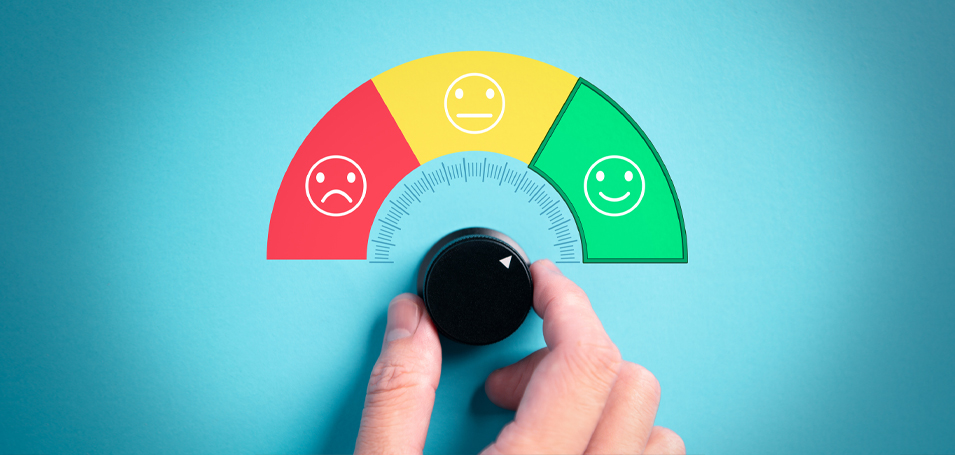When you’re preparing for a major physical activity — bagging a “14er,” hiking Hadrian’s Wall, tackling an endurance race — working with a personal trainer can make a huge difference for your adventure. How the gym and the personal trainer treats you from the first visit will determine whether you stick with your routine and achieve your goals. What does that have to do with customer onboarding?
Think about your sales process. A customer has come in with a specific need. Maybe they want to launch a new product, so they’ve acquired your technology. Onboarding is the first substantive experience the customer is having with your technology and your team. Only by delivering an amazing and memorable experience throughout the customer onboarding process that’s finely tuned to customer goals will you be assured of retention, renewal and expanded sales.
Here are four lessons a personal trainer / gym experience can teach you about perfecting your initial customer onboarding process.
1. Map Your Training to the Business Challenge
Ever visited a new gym where an enthusiastic employee takes you on a tour to show off every machine and barbell on site? When that happens, you may be left wondering where to start. The most effective gyms will immediately team you up with a personal trainer who takes the time to ask what your goals are and then helps you map out the routines and demonstrate the equipment that mesh with those goals.
Likewise, your customer had something specific in mind when they bought your products or services. During customer onboarding, don’t just dive into a checklist of features users will need to learn. That approach can overwhelm people. The smarter approach is to customize your training to address those challenges and priorities.
For example, if a customer tells your sales people they’re hoping to improve their margins by x percent by the end of the quarter, that’s a key objective around which to target the training. It could require that the focus be on setting up ecommerce as quickly as possible, helping them delivery faster turnaround from order to delivery, or enabling them be more effective at cross-selling. Whatever it is, that’s where the training should begin.
2. Help Your Customer Visualize Success
The best personal trainers can relate your situation to other people who have come in with similar goals (and in similar shape). Based on that experience, if those individuals can make it, so can you. That approach is about giving you confidence to know that if you put in the work and follow the plan being proposed, you’re going to achieve what you set out for.
In the same way, you have a small window of time after a sale where momentum is strong and people are excited to get your program running as quickly as possible. Exploit that to sustain that momentum and find ways to deliver value based on their individual goals. Those “quick wins” are the fuel that power continued interest in the use of your software.
You can do that by helping your users see what success will look like at the end of the customer onboarding process. This visualization goes beyond knowing how to use the software’s functionality. That stuff is table stakes. Your training can help users understand the broader context of their work. It’s not simply how to design components through your online service but how to get those designs produced, marketed and sold. It’s not just how to send an email through your system, but how to develop one that people will receive, open, read and act on.
3. Formalize the Goals with the Customer
The best workout plans have a set duration and a fixed outcome. You know your goal. You know when you need to be ready. Through that initial meeting, your trainer will set out a course of effort for ramping up the intensity of your workouts and use regular check-ins to monitor your progress.
Rather than relying on casual remarks half-recalled by your sales team to figure out customer goals, formalize that with an executive kick-off as a first touchpoint, preferably face to face. Have your executive meet with the customer’s decision-maker for a frank discussion about success criteria: “We’re super-excited to kick off the partnership. We’ve got a fantastic customer onboarding experience lined up for you. Before we deploy and deliver, we want to make sure the experience is in line with your business goals and needs and we’d like to understand what it is you’re trying to drive, what you’re being measured on.”
During the same conversation, it’s a good idea to commit to a set of follow-on conversations. Those meetings will allow both parties to review progress and revisit the objectives for possible tweaking or revision. Without those future discussions, what could happen is that the work that’s done or the value delivered will never be communicated up the “chain of command” and your software will be left out of the budget. That first impression may end up being a last impression. If you don’t get it right out of the gate, you may not have an opportunity to go back and do damage control.
4. Don’t Overwhelm the Customer
You have to start off with achievable goals in your workouts — activities that may be a bit of a stretch but that are still solidly in your comfort zone. Otherwise, in those early weeks, burnout could hit — almost guaranteeing you won’t go back for more.
Similarly, training often comes across like that proverbial “firehose.” To prevent your users from feeling overwhelmed during customer onboarding, use what you’ve learned about them so far to create just the custom pathways of training that apply to their unique goals.
To know that you’re on the right track, try these two methods. First, allow the customer to drive the training within the product. If your trainers are doing it, that makes for a passive learning experience. By putting the work into their hands, you’ll get a stronger sense of what the recipients are absorbing and you’ll be able to see where they’re struggling, Second, provide periodic assessments that users can pursue. Those could be built into performance reviews or could lead to digital badges or certificates that can be posted on their social profiles to help them differentiate their skillsets in the market. Both outcomes can be motivators.
With any software sale, there are a lot of different places you can start your customer onboarding program. The most effective ones take the time to understand customer objectives and success criteria and then build on that information to create a complete package — one that aligns learning to help users reach their goals as quickly as possible.





